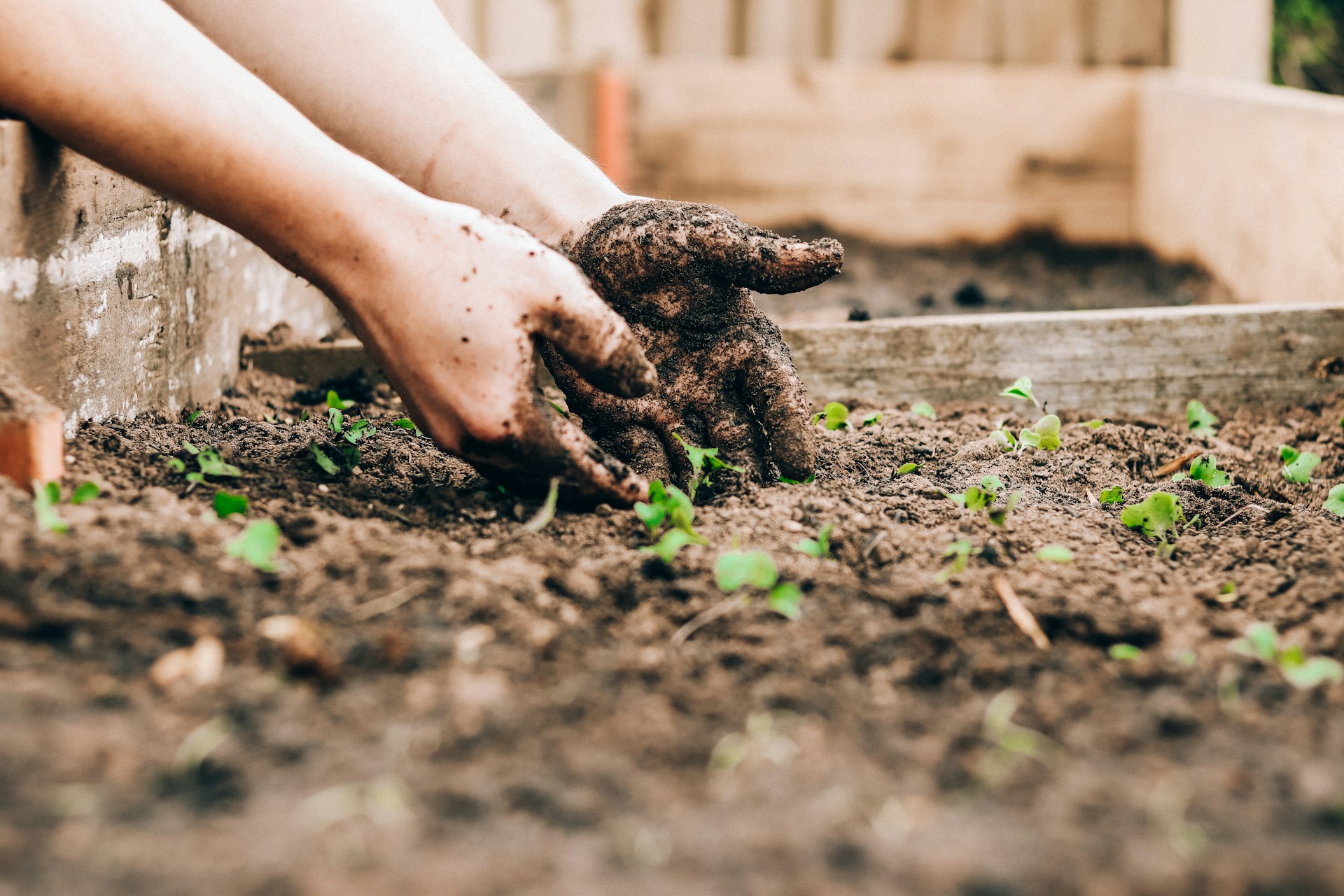Companion planting is a time-tested gardening technique where different plant species are grown together to benefit each other. This method leverages the natural relationships between plants to enhance growth, repel pests, and improve soil health. By strategically pairing plants, you can create a garden ecosystem that thrives.
Key Benefits of Companion Planting
Pest Control:
Improved Pollination:
Flowers like calendula and zinnias attract pollinators such as bees and butterflies, which are crucial for the pollination of many garden crops. By interplanting these flowers with vegetables, you ensure a higher yield of fruits and vegetables.
Enhanced Growth:
Weed Suppression:
Ground-covering plants like thyme, Bearberry, and strawberries can act as live mulches, suppressing weed growth by shading the soil and reducing the light available to weed seeds. This reduces the need for manual weeding and keeps the garden tidy.
By understanding and implementing companion planting, you can create a garden that is more resilient, productive, and sustainable.
Ready to explore more about the specifics of which plants work best together?
Perfect Pairings: Top Companion Planting Combinations
Building on the basics, let’s delve into some specific companion planting combinations that work exceptionally well together. These pairings are designed to maximize growth, protect against pests, and enhance flavor, making your garden more productive and sustainable.
Tomatoes and Basil: The Dynamic Duo
Tomatoes and basil are the quintessential garden companions. Not only does basil enhance the flavor of tomatoes, but it also helps to repel pests such as aphids, whiteflies, and mosquitoes. Planting basil near tomatoes can lead to healthier, more robust plants and a bountiful harvest.
Benefits:
- Pest Repellent.
- Enhanced Flavor.
Carrots and Onions: A Symbiotic Pairing
Carrots and onions make excellent neighbors in the garden. Onions release a strong scent that repels carrot flies, while carrots help aerate the soil around the onions, promoting better growth.
Benefits:
- Pest Control.
- Soil Improvement.
Corn, Beans, and Squash: The Three Sisters
This traditional Native planting method showcases the perfect synergy between corn, beans, and squash. Corn provides a sturdy structure for beans to climb, beans enrich the soil with nitrogen, and squash spreads out along the ground, suppressing weeds and retaining moisture.
Benefits:
- Natural Trellis.
- Soil Enrichment.
- Weed Control.
Cabbage and Dill: Mutual Protection
Cabbage and dill are another powerful pair. Dill attracts beneficial insects like ladybugs and parasitic wasps that prey on cabbage pests such as aphids and cabbage worms. In return, cabbage provides partial shade to dill, which prefers cooler growing conditions.
Benefits:
- Pest Attraction.
- Shade.
Lettuce and Radishes: Quick and Slow Growers
Lettuce and radishes complement each other well in the garden. Radishes grow quickly and help break up the soil, making it easier for slower-growing lettuce to develop. Additionally, radishes can act as a trap crop, drawing pests away from lettuce.
Benefits:
- Soil Aeration.
- Trap Crop.
By incorporating these companion planting strategies, you can create a garden that not only thrives but also supports a diverse ecosystem. Each plant plays a role in the overall health and productivity of the garden, leading to a more sustainable and enjoyable gardening experience. Ready to take your garden to the next level with these companion pairings? Let’s get planting!🌱




